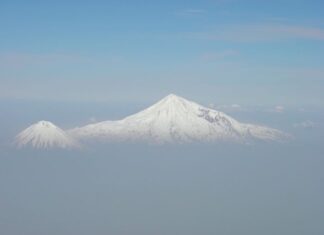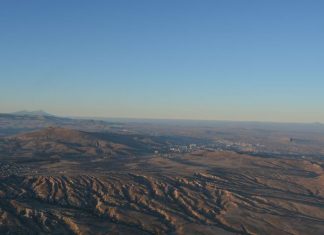Black Sea coast Bulgarian – Under Omurtag (814 831, the southern Black Sea coast up to Debelt was recognized as Bulgarian. That happened in 815 with the signing of the 30-year peace treaty with Byzantium. The success of the Black Sea direction of Bulgarian policy was thus legalized.
After the stabilization of the seaside border up to Mount Strandzha, Kan Omurtag maintained the other important orientation of his foreign policy the orientation, started by Kan Krum, to the northwest towards the Slavs on the banks of Middle Danube, who were separated from Bulgaria by the Empire of the Franks. This is how the contemporaries perceived it (according to the so-called Fulden Chronicles — The Life of Charlemagne by Einhard):
In 827, “the Bulgarians sent troops in ships up the River Drava, plundered and burnt the land of the Slavs inhabiting Pannonia, drove away their kings and appointed Bulgarian governors”; in 829, “again the Bulgarians came in ships up the Drava, destroyed by fire some of our settlements near the river”.
The Bulgarian “admiralty” of the period is no doubt located in and identified with the powerful island fortress and port of modem Romanian Pakuiullui Soare Island that is about 20 kilometers to the east of the Bulgarian fortress and port of Drustar (present Silistra). To this very day one can see the deep traces in the stone blocks of the quays on the island, left by the ropes with which they moored the ships.
Lower Danube
Black Sea coast Bulgarian – The building of this fortress harbor as an “admiralty” is due to its exceptional political and military strategic location on Lower Danube as an internal Bulgarian river. Drustar fortress harbor secured and protected the direct connections of the capital Pliska, and later of Preslav to the Bulgarian lands to the north of the Danube, which stretched to the Carpathians.





